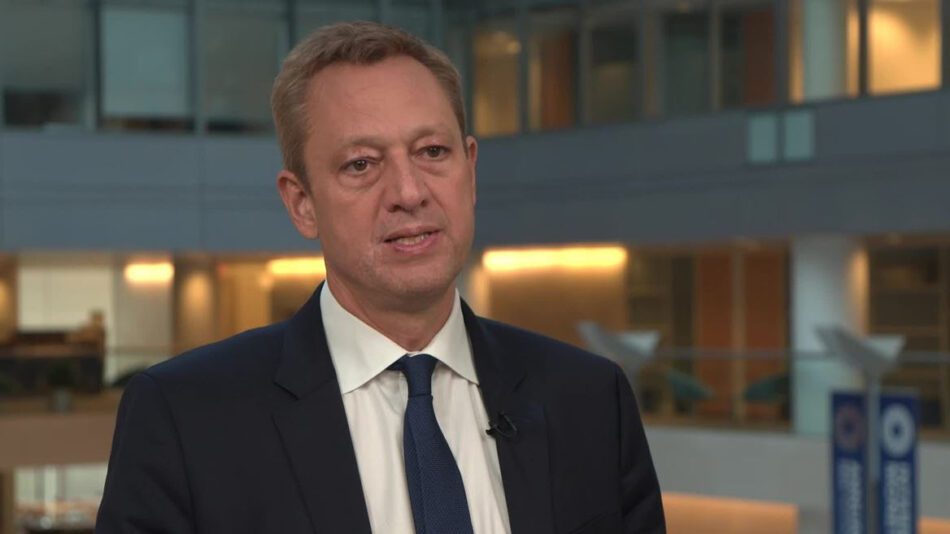IMF Global Financial Stability Report Soundbites

Global banking and financial markets are calm with low volatility as central banks have begun easing rates after bringing inflation back near target, the IMF said in Washington, DC Tuesday (October 22).
“Prospects of an economic smooth landing and more progress on taming inflation are keeping financial stability risks contained, at least in the near-term. Most central banks have cut interest rates, leading to more favorable financial conditions for borrowers in financial markets. Volatility has remained low, and on that since the August turmoil has declined further. Emerging markets have remained resilient against pressures on the currencies,” said IMF Financial Counselor Tobias Adrian.
The assessment comes in the Global Financial Stability Report from the Fund, released during the week of the Annual Meetings of the IMF and World Bank Group.
“In our report, we highlight that both economic and policy uncertainty elevated against the backdrop of rising geopolitical risks. In this context, the current disconnect between heightened uncertainty and relatively low financial market volatility is worrisome. It opens the door for an adverse shock to cause a large price correction, raising volatility in financial markets and catching up with the level of uncertainty. The recent stress in financial markets in August have provided a glimpse of the violent reactions that can occur when uncertainty and volatility converge. Asset prices can move down sharply as investors reallocate from risky to safer assets. Furthermore, the easing of financial conditions through lower interest rates that have helped in the near term also means that the medium term level of vulnerabilities is building up. For example, asset valuations are stretched in some segments. Debt levels continue to rise in the private sector and for governments and non-bank financial intermediaries are using more leverage in the operations. These vulnerabilities raise the potential for financial stability risks in the future,” said Adrian ahead of the reports’ release.
So what should policymakers do to keep financial markets stable and resilient?
“First to help reduce uncertainty. Central banks need to clearly communicate the path of monetary policy, underscoring that decisions won’t be based on any individual data point. In addition, countries where inflation remains stubbornly above targets. Central banks should push back against overly optimistic investor expectations for more rate cuts. Where growth and inflation momentum are set to continue to slow. Central banks should gradually ease monetary policy towards more neutral stances. Finally, to address the current issues affecting non-banks and here we include pension funds, insurance companies and hedge funds, there could be more active regulatory and supervisory engagement. This would include, for example, implementing international standards, strengthening macro-prudential policy frameworks to contain excessive risk taking.”
A copy of the full report is available at IMF.org/GFSR





